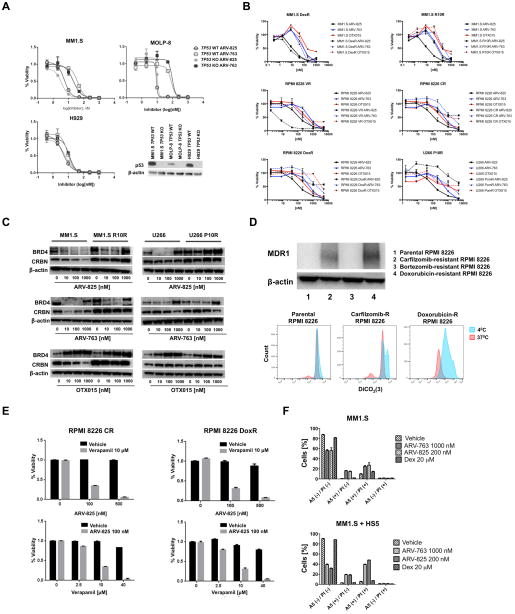Figure 6. PROTAC-mediated BRD4 degradation overcomes drug resistance.
(A) Otherwise isogenic MM1.S, H929, and MOLP-8 cell lines with either wild-type (WT) TP53 or a TP53 knockout (KO) were generated using sequence-specific zinc-finger nucleases targeting a non-specific sequence, or exon 7 of the TP53 DNA binding domain22. The anti-proliferative effects of ARV-825 and ARV-763 were then studied with viability assays performed as described earlier after a 72-hour drug exposure. Data were collected from triplicate experiments, which are represented as the mean ± SD for each concentration. (B) MM1.S, RPMI 8226, and U266 cells resistant to bortezomib (BR), carfilzomib (CR), dexamethasone (DexR), doxorubicin (DoxR), lenalidomide (R10R), and pomalidomide (P10R), and their corresponding parental cell lines, were studied to determine if there was cross-resistance to ARV-865, ARV-763, and OTX015 as described in panel A. (C) Western blotting of BRD4 and CRBN expression in MM1.S R10R and U266 P10R cells, and their corresponding parental lines after treatment with ARV-825, ARV-763, and OTX015 for 48 hours. (D) Top panel: Expression of the Multidrug resistance protein 1 (MDR1) was evaluated by Western blotting in the indicated drug-resistant and parental cell lines. Bottom panel: MDR1 efflux activity was assessed using DiCO2(3), a highly specific fluorescent substrate dye for MDR1. At 40C, MDR1 is inactive and cells retain DiCO2(3) after initial dye loading, while at 370C, MDR1 is active and cells will efflux DiCO2(3) and exhibit decreased fluorescence. (E) Carfilzomib- or doxorubicin-resistant RPMI 8226 cells were treated with the indicated concentrations of ARV-825, verapamil, or various combinations of the two. Live cell populations were assessed using the WST-1 proliferation assay after exposure to drugs for 72 hours as described in panel A. (F) MM1.S cells were treated for 48 hours with ARV-825 or ARV-763 in the presence or absence of HS5 stromal cells. Cell viability was assessed using flow cytometry with Annexin V (A5)/TO-PRO-3 (PI) staining in triplicate experiments, which are represented as the mean ± SD for each condition. Treatment with dexamethasone was used as a positive control.

